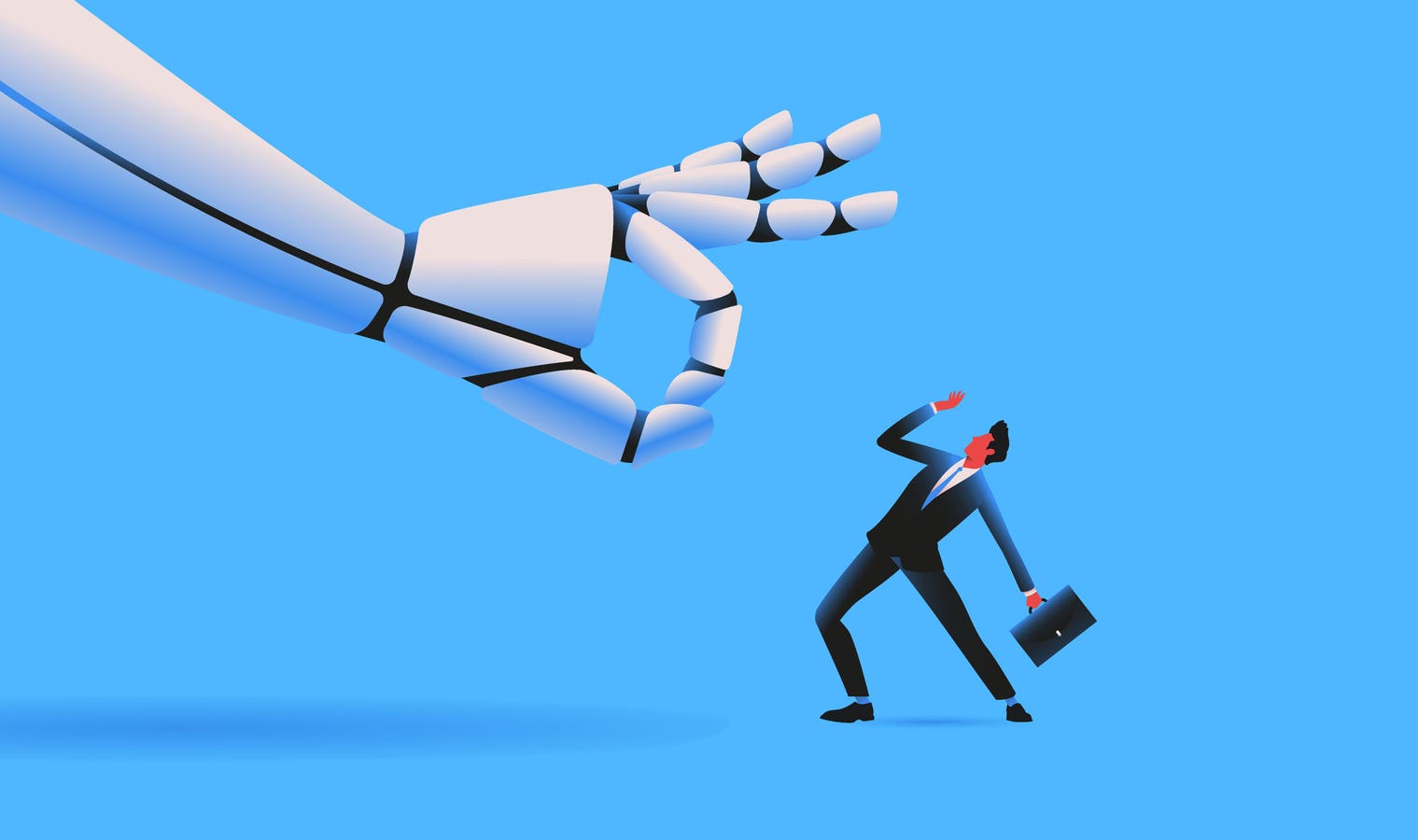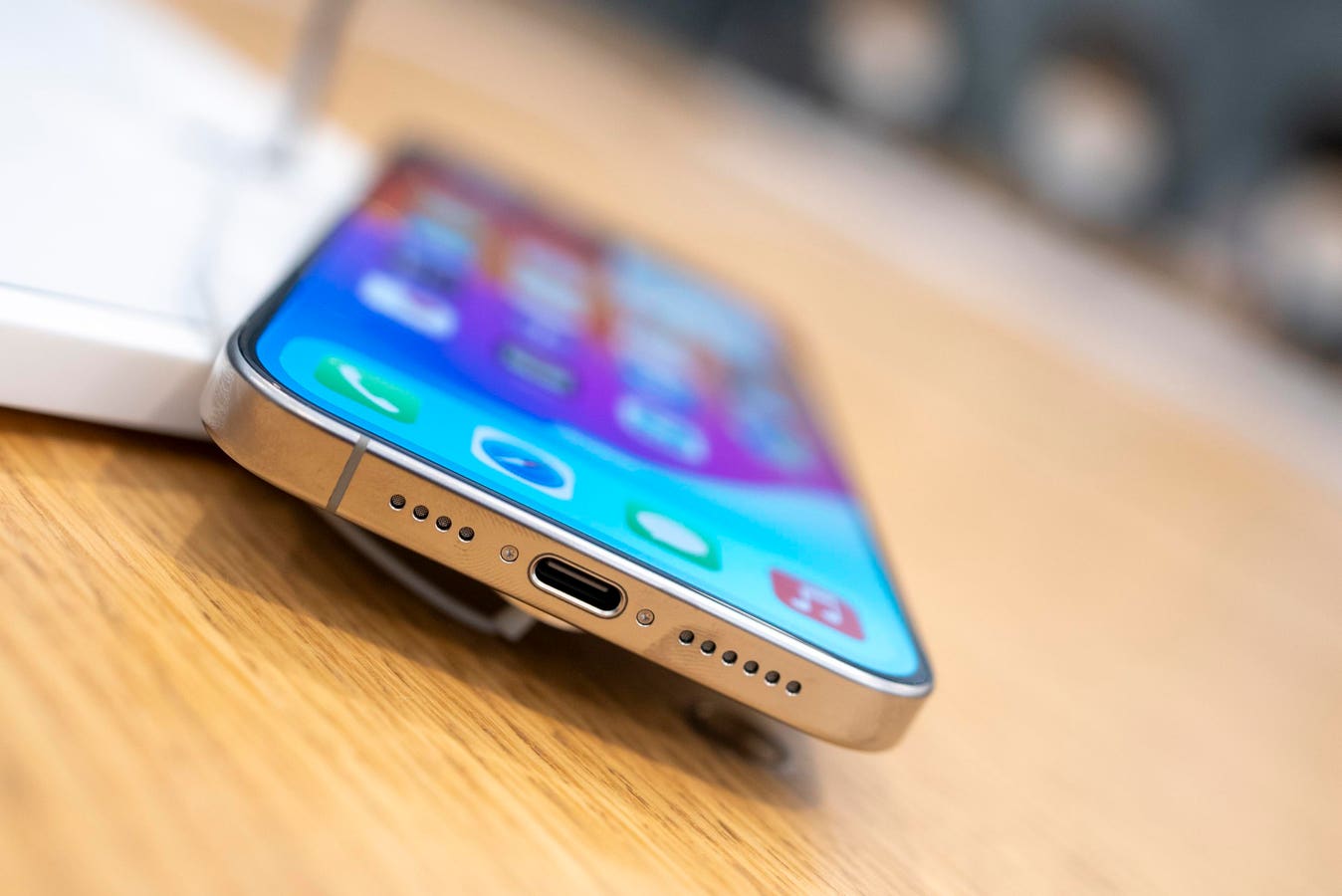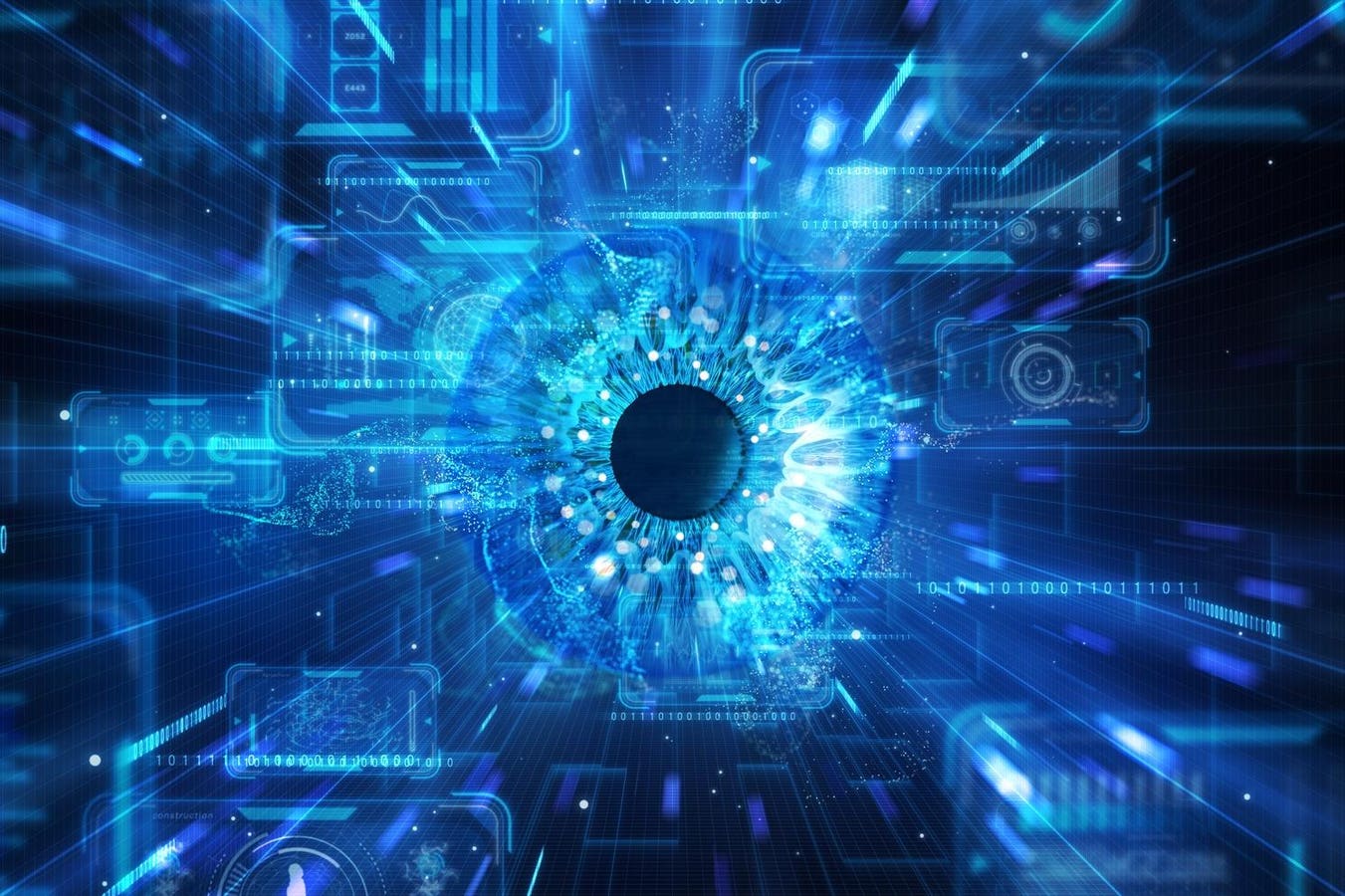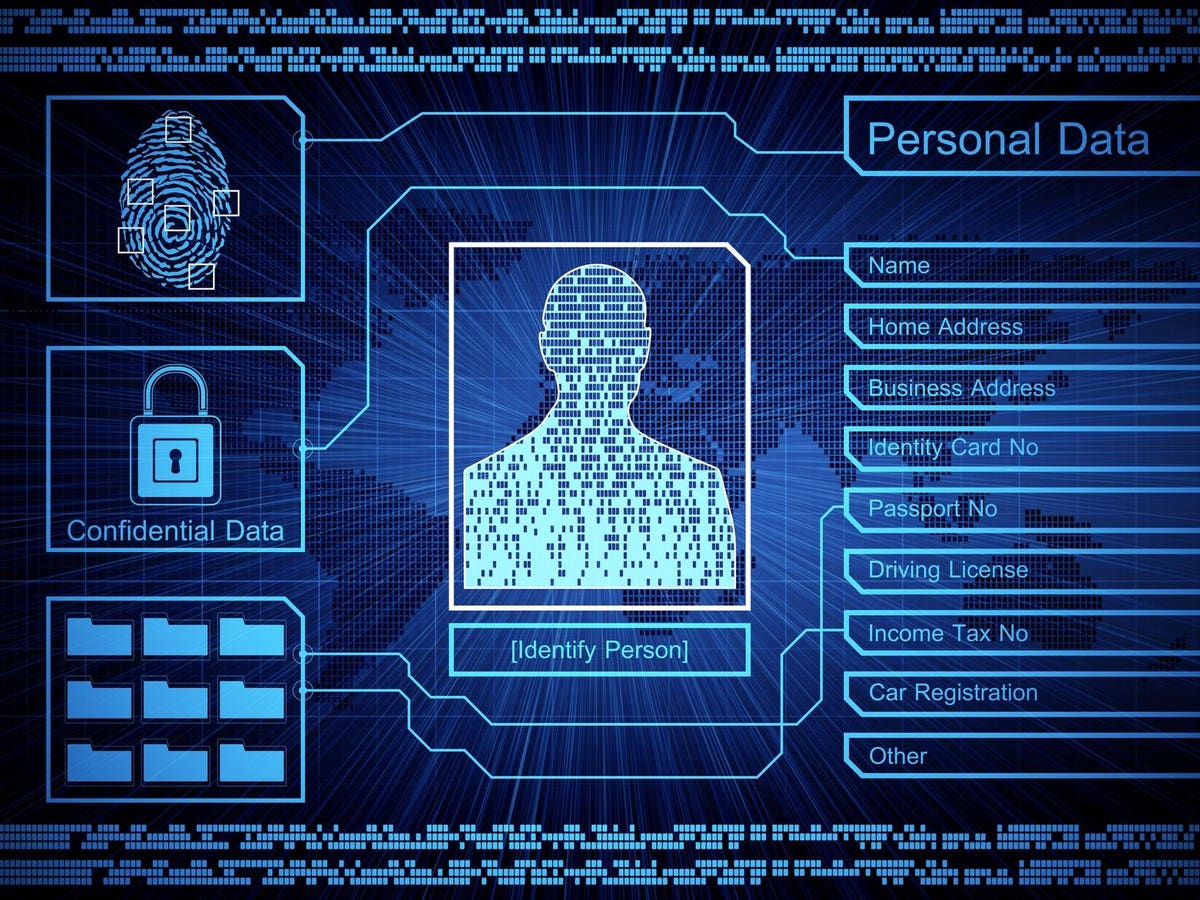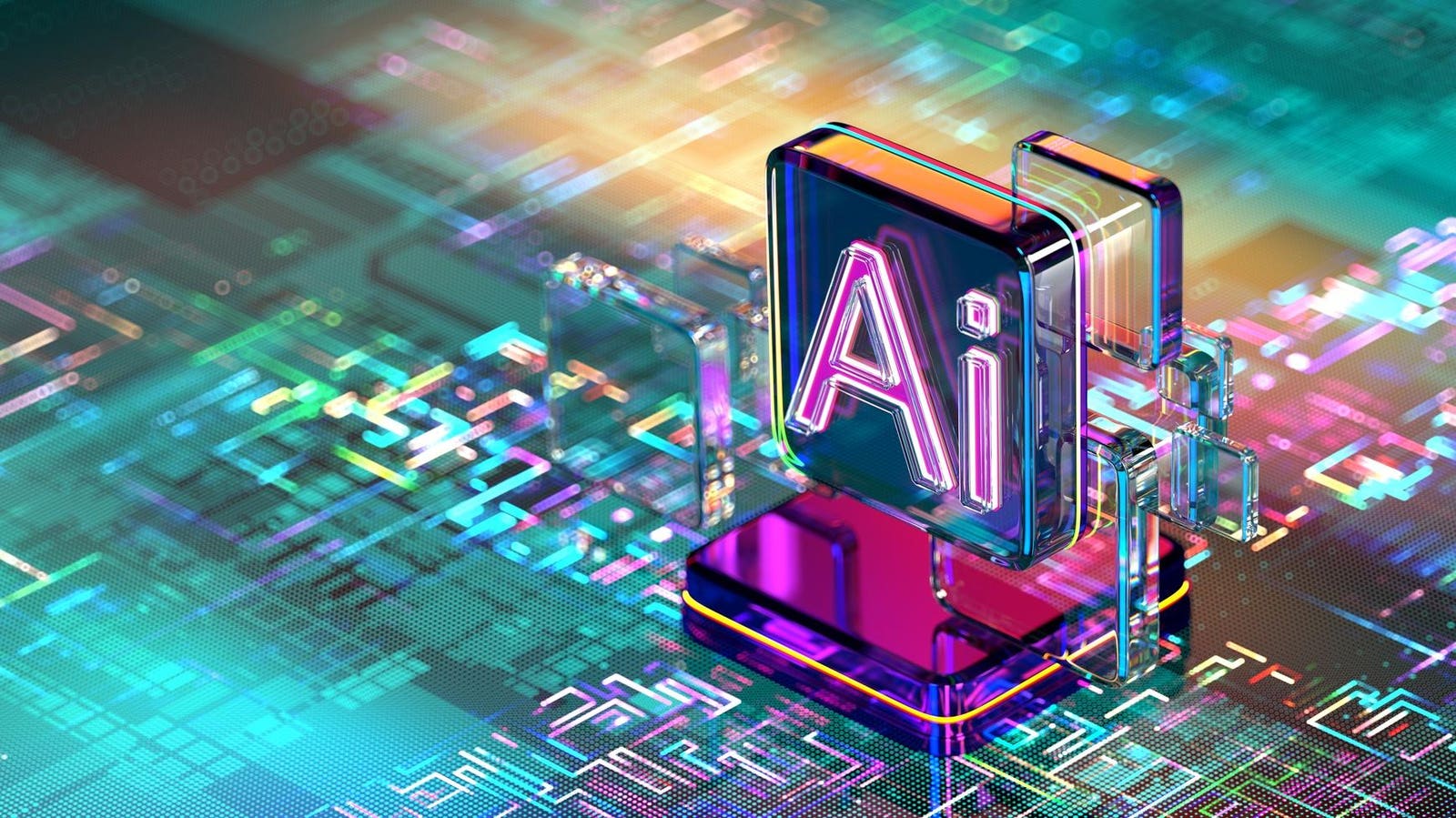The Silicon Valley gospel has been preached from every conference stage: “You won’t lose your job to AI, but to someone who learns to use AI.” It’s a comforting narrative that keeps executives sleeping soundly while their HR departments frantically roll out “AI literacy” programs. But this conventional wisdom misses the fundamental transformation happening right under our noses.
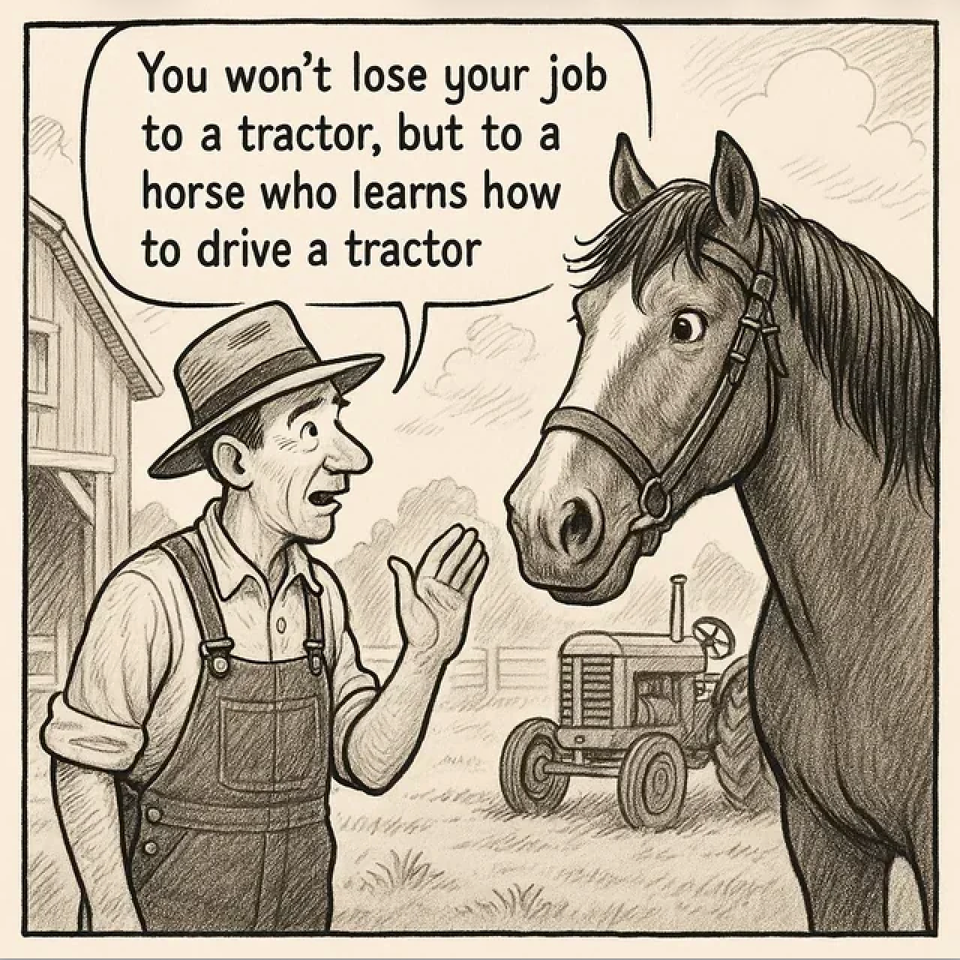
Putting the notion of “AI won’t take your job” into context.
The real disruption isn’t about individual workers becoming AI-savvy. It’s about the obsolescence of entire job categories as AI becomes exponentially more capable, efficient, and effective at core business functions.
The Exponential Reality Check
Here’s what should terrify you: Today is the worst AI will ever be.
Several current AI models have surpassed the average IQ of humans. Most people have an average IQ between 85 and 115. Overall, about 98% of people have a score below 130, with the 2% above that are considered “very superior”.
With the latest versions of OpenAI’s o3, Anthropic’s Claude 4 Sonnet, and Google’s Gemini 2.0 Flash Thinking Experimental all well above average human intelligence scores, we now have genius-level AI.
Ranking The Smartest AI Models by IQ Level
But that’s just the beginning. AI capability is roughly doubling every six months. Let’s do the math and be a bit more conservative and assume it doubles every year:
- Today (2025): AI IQ ~130 now, already handling complex analysis, writing, coding, and creative tasks. Let’s assume it reaches 150 IQ by year end.
- In 1 year (2026): AI IQ ~300, surpassing all human cognitive benchmarks
- In 3 Years (2028): AI IQ ~1,200, operating at levels we can’t meaningfully comprehend
- In 5 Years (2030): AI IQ ~4,800, reshaping reality as we know it
I share this just for illustrative purposes. Humans typically think in a linear fashion. It’s hard for us to think exponentially. And it’s hard to not think this is all “science fiction” and will happen years in the future. No. This is happening now. This is compound growth in action. When AI can already write better marketing copy than most marketers, analyze data faster than any analyst, and code more efficiently than many developers TODAY – imagine what happens when it’s 32 times more capable in just five years.
The Job Container Is Breaking
For decades, companies have organized human effort into neat packages called “jobs”—performing tasks in predefined roles with specific responsibilities, reporting structures, and compensation bands. This industrial-age framework worked when work was predictable, hierarchical, and required sustained human attention.
AI is obliterating this model. When artificial intelligence can write code in minutes, draft legal briefs in seconds, and generate marketing campaigns instantly, traditional job boundaries become arbitrary constraints. Why maintain a “Marketing Manager” role when AI can execute campaigns while a strategic thinker provides direction? Why preserve “Financial Analyst” positions when AI can process datasets that would take humans months to review?
Think this is hype? Check out the latest release that dropped this week from HeyGen, an AI-powered video creation platform that allows users to generate videos with AI avatars, text-to-speech, and customizable templates. They just announced this week the HeyGen Video Agent, the first prompt-native creative engine designed to transform a single idea into a complete, publish-ready video asset. Whether that’s a TikTok ad, a YouTube hook, a product explainer, or a quickfire UGC clip, the video is created by AI in seconds. The tool looks amazing, and it will surely be compelling to marketers at small companies to large global enterprises. However, this is another nail in the coffin for a creative agency or production company that was providing those services.
We’re entering the era of agentic content creation where intelligent systems don’t just assist with … More
Reading Between The Lines: The Amazon Example
The companies that survive won’t be those that train existing jobholders to use AI tools. They’ll be the ones that completely reimagine how work gets done.
On June 17th, Amazon CEO Andy Jassy published a memo with “Some thoughts on Generative AI.” While highlighting AI’s incredible applications across the company, he dropped this bombshell:
“As we roll out more Generative AI and agents, it should change the way our work is done. We will need fewer people doing some of the jobs that are being done today, and more people doing other types of jobs. It’s hard to know exactly where this nets out over time, but in the next few years, we expect that this will reduce our total corporate workforce as we get efficiency gains from using AI extensively across the company.”
This should be a wake-up call.
It’s a direct admission that AI will eliminate jobs, and it should terrify anyone doing repetitive or process-driven work. Amazon is just the latest in a number of companies that are signaling what is to come slowly, carefully, and publicly.
Sure for now it’s mostly tech companies like Duolingo, Klarna, and Shopify that are talking about being “AI first”. In the case of Shopify, CEO Tobi Lütke told employees that teams must demonstrate why AI cannot fulfill a role before requesting to hire a human. This effectively positions AI as the default option for many tasks.
This AI first approach might start in tech, but it won’t end there.
The Rise of Liquid Labor
Forward-thinking organizations are moving beyond “jobs” toward what I call “Liquid Labor”. In a hybrid human-AI workforce, Liquid Labor is the fluid combinations of human creativity, AI capabilities, and automated processes that adapt in real-time to business needs.
Consider Netflix. They don’t have traditional “TV Programming Executive” jobs. Instead, they have data scientists, content strategists, and algorithm specialists working in fluid teams that constantly reconfigure based on viewer behavior and market opportunities.
This shift challenges everything:
- Compensation: How do you pay people when roles are fluid and value creation is collaborative?
- Performance: How do you evaluate success when outcomes emerge from human-AI collaboration?
- Structure: What happens to management hierarchies when AI coordinates most activities?
OK, this is scary. So What Should I Do?
The obvious answer is to upskill yourself and learn how to use all of these AI tools. Are you using not just one model (say ChatGPT), but experiment with multiple models from Claude to Perplexity to CoPilot to Gemini to Grok. They all have their strengths and weaknesses, so learn what works best for you. This is table-stakes, though.
Here’s a more candid survival guide:
1. Become Irreplaceably Human
Double down on uniquely human capabilities that AI can’t replicate (yet):
- Complex emotional intelligence and empathy
- Creative problem-solving across disparate domains
- Ethical judgment and moral reasoning
- Building deep human relationships and trust
- Physical presence and embodied skills
2. Master Meta-Skills
Develop higher-order thinking abilities that allow you to adapt and learn faster than AI can optimize for your replacement, focusing on skills that help you navigate complexity and change rather than specific technical competencies:
- Systems thinking: Can you understand how complex systems interact?
- Adaptability: Can you change faster than AI can optimize for your replacement?
- Learning agility: Can you acquire new competencies before they’re commoditized?
- Cultural navigation: Can you operate across the human contexts that AI struggles with?
3. Position Yourself at the Human-AI Interface
Become the critical bridge between AI systems and human needs:
- Become the translator between AI capabilities and human needs
- Specialize in AI oversight, ethics, and governance
- Focus on high-stakes decisions requiring human accountability
- Build expertise in areas where regulation demands human involvement
4. Create Your Own Category
Forge a unique professional identity:
- Combine unique skill sets that create new value propositions
- Build personal brands that transcend job titles
- Develop expertise at the intersection of multiple domains
- Focus on outcomes, not tasks
5. Build Financial Resilience Now
Urgently diversify your income streams and build wealth-generating assets while you still have earning power:
- Assume your current job has a 3-5 year expiration date
- Develop multiple income streams
- Invest in assets, not just skills
- Create value that scales beyond hourly labor
6. Network Like Your Career Depends on It (Because It Does)
Cultivate deep, value-creating relationships as your unique network of human connections becomes one of your most defensible and irreplaceable assets in the AI era:
- Build relationships that transcend organizational boundaries
- Create value for others before you need help
- Position yourself as a connector and facilitator
- Remember: AI can’t replicate your unique network
The Time to Act Is Now
Most people think they have years to adapt.
They’re wrong.
By the time AI visibly threatens your job, it’s already too late. The exponential curve means:
- Year 1-2: “AI is just a tool that helps me work better”
- Year 3: “AI does 50% of my job, but I’m still needed”
- Year 4: “My role has been restructured”
- Year 5: “What job?”
The window for repositioning yourself is now, while you still have leverage, income, and options.
The transformation from jobs to liquid labor is already here. The choice isn’t between learning AI or losing your job. It’s between fundamentally reimagining your career or watching it become obsolete.
Those who act now – building unique capabilities, creating new value propositions, and positioning themselves at the human-AI interface – won’t just survive. They’ll thrive in ways we can’t yet imagine.
Those who wait, believing that disruption is still years away, will discover that no amount of prompt engineering can compete with exponentially improving AI that works 24/7, never gets sick, and improves while you sleep.
The question isn’t whether this transformation will affect you, but whether you’ll adapt fast enough.
Now is the time to get AI ready.

